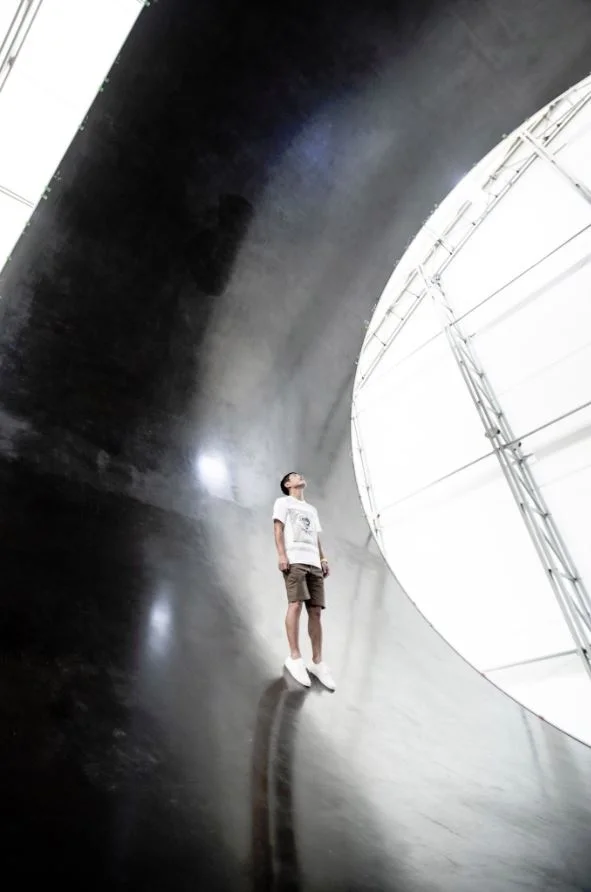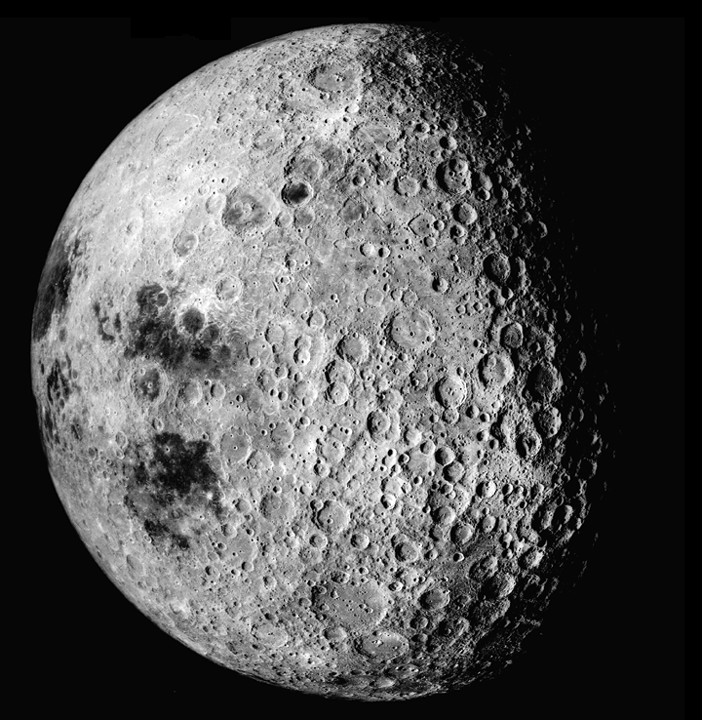NASA, Boeing & SpaceX are Sending Humans Back to Space
Artist’s illustration of Boeing’s CST-100 Starliner capsule (left) and SpaceX’s Crew Dragon in Earth orbit. Both vehicles are part of NASA's Commercial Crew Program to ferry astronauts to and from the International Space Station.
Credit: Boeing/SpaceX via @collectSPACE.com
Ever since the Space Shuttle was retired in 2011, astronauts have relied on Russian Soyuz to taxi them to the International Space Station.
But NASA plans to change that in 2019. As part of NASA’s Commercial Crew program, it has partnered with Boeing and SpaceX to build spacecraft suitable for taking astronauts to and from space in a much more efficient and cost-effective way.
From now on, the agency will be buying tickets for its astronauts, rather than inventing, owning, and operating the spacecraft itself.(Air & Space)
Returning human spaceflight launch capabilities to U.S. soil represents a huge step forward for NASA and the United States. It shows a vested interest in staying at the forefront of space exploration and in collaboration with private companies.
Let’s meet the crew…
Illustration of the Boeing CST-100 Starliner. Image Credit: Boeing
Boeing CST-100 Starliner
Cost: Up to $4.9 Billion
Reusability: Crew capsule can be re-flown up to 10 times. Service modules will be discarded after each flight.
Unmanned Test Flight: March 2019
Manned Test Flight: August 2019
Manned Test Flight Crew: Eric Boe, Nicole Mann and Chris Ferguson
In this illustration, a SpaceX Crew Dragon spacecraft approaches the International Space Station for docking. Image Credit: NASA/SpaceX
SpaceX Crew Dragon 2
Cost: Up to $3.2 Billion
Reusability: Test flights will fly new vehicles and can then be reused. Cargo trunks are discarded after each flight.
Unmanned Test Flight: January 2019
Manned Test Flight: June 2019
Manned Test Flight Crew: Doug Hurley and Bob Behnken
The Astronauts
NASA's first commercial crews for Boeing and SpaceX spacecraft, from left to right: Victor Glover, Mike Hopkins, Bob Behnken, Doug Hurley, Nicole Mann, Chris Ferguson, Eric Boe, Josh Cassada and Suni Williams. Image Credit: collectSPACE
The first manned test flights to the International Space Station will only contain five total astronauts - Robert Behnken, Doug Hurley, Eric Boe, Nicole Mann and Chris Ferguson - which are slated to launch in mid-2019. The astronauts who will then fly on the NASA-contracted missions are Suni Williams, Victor Glover, Josh Cassada and Mike Hopkins.











